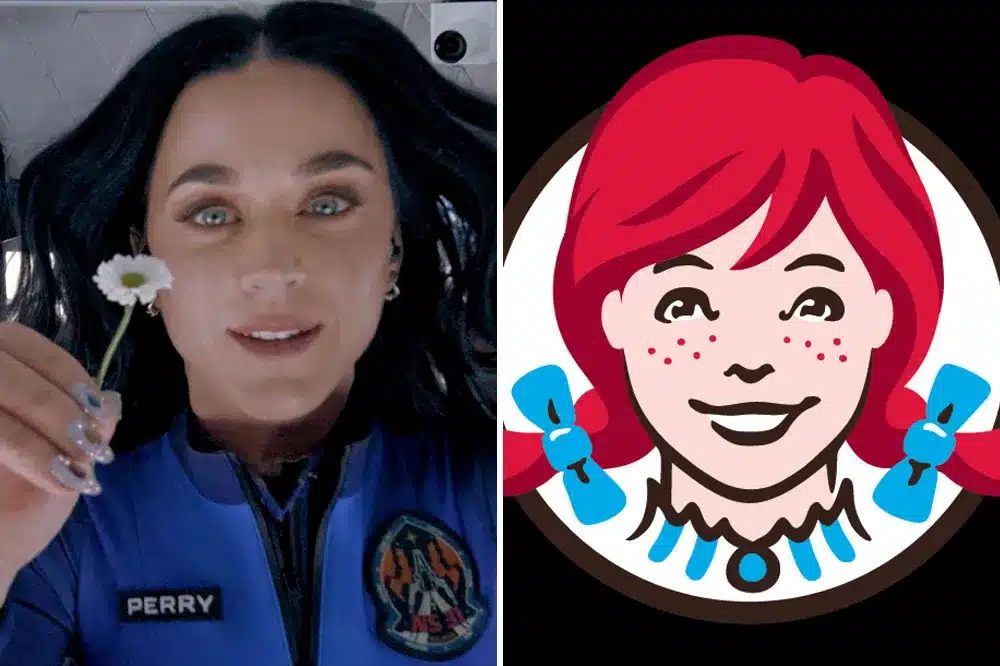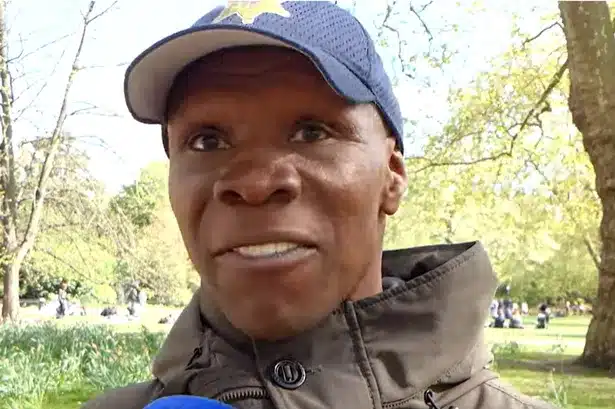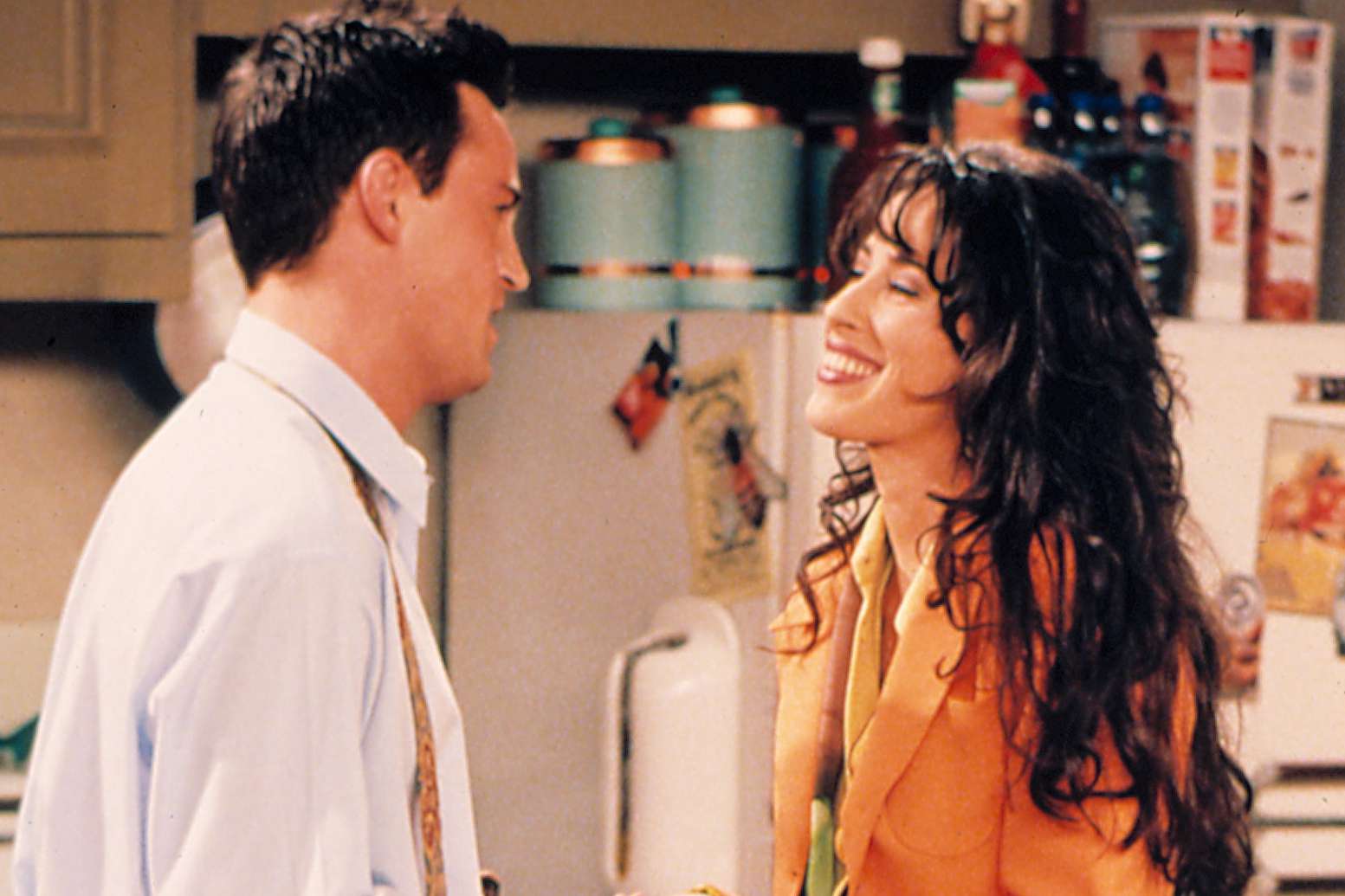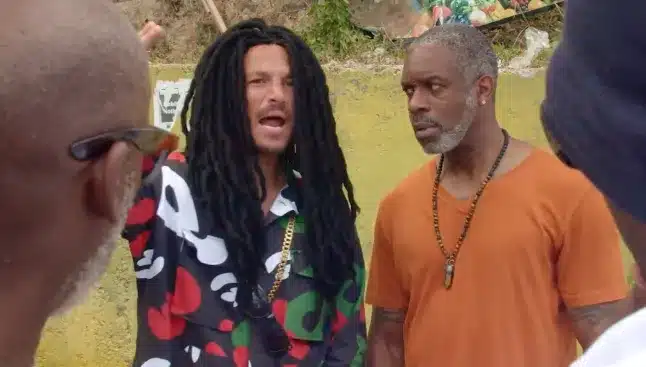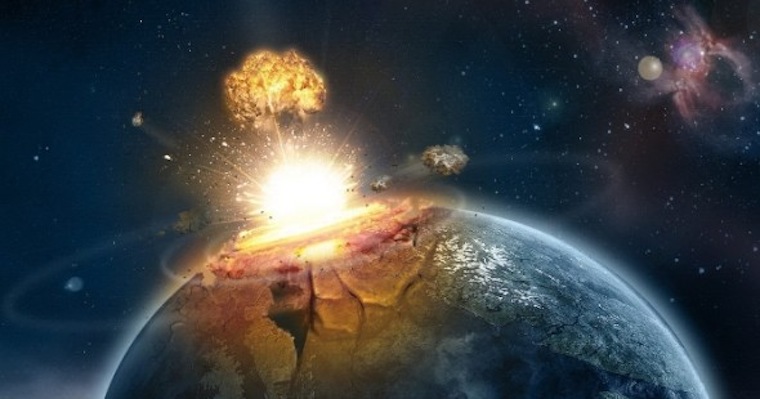
So on Friday a huge asteroid came pretty close to hitting the Earth, missing us by a mere 17,000 miles; In fact, if you’re reading this, then be grateful you’re still alive and were able to get wrecked this weekend on whatever it is you sickos get wrecked on, as you’ve just survived yet another potential apocalypse. So this asteroid, named 2012 DA14, is about half the size of a football field (150 feet long) and is travelling at a pretty staggering 17,450 miles per hour. Despite its relatively small size, it could have easily wiped out a major city with the equivalent force of several nuclear explosions. It’s just a shame that it didn’t smash into those bat-shit crazy Westboro Baptist Church twats, now that would have made my weekend.
Unfortunately for some people in Russia, it appears that asteroid DA14 was actually hiding a meteor friend who decided to unleash his fury and make for quite a spectacle over the city of Chelyabinsk as we at Sick Chirpse recently reported in the article Meteor Slams Into Russia.
☛ Read This: What The Hell Has NASA Just Found On Mars?
So, back to Asteroid DA14. You know those satellites that monitor the weather? Well, it actually passed between the Earth and some of those in orbit – I don’t know about you, but that sounds pretty close to me, considering how big space is. It’s estimated that an asteroid of this size will probably hit Earth once every 1200 years, and the last time a collision of this size did occur was in 1909 in Siberia, Russia (why is it that all the interesting stuff seems to happen in Russia these days?); this was the largest impact ever in recorded history, and the resulting explosion destroyed around 80 million trees over 830 square miles. Now it would be easy for us to think that chunks of space rock only collide with us every now and again, but on a daily basis well over 100 tonnes of the stuff rains down on us; of course, the vast majority are smaller than 50 feet and so will harmlessly burn up in our atmosphere as shooting stars.
So what of all the other huge chunks of rock that are floating around out there? Well, Nasa’s job is to track them and work out how big they are and whether or not they could potentially collide with the Earth. Once they have done this, they assign them a value from 0 to 10 based on their chance of collision using what’s known as the Torino scale. A value of 0 basically means there’s little to no chance of a collision, whereas 10 basically means we’re screwed and going out in a blaze of glory, and not the sort of blaze you chirpsers are used to either. Luckily, at the moment the highest-scaled objects they’re tracking are only level 1, so there’s no need to whip out your emergency apocalypse survival kit just yet.
Up until recently it was thought that asteroid 2004Mn4, now known as asteroid Apophis, was a level 4 asteroid, which would mean it had around a 1% chance of colliding with the Earth in 2029, but after more analysis by those at NASA it now seems it’s been temporarily degraded to a level 0, which means that it will pose no threat to us whatsoever. At this moment in time, NASA is apparently tracking around 1300 near earth objects out of around 20,000 that are in orbit around the sun, including Apophis – which actually passed by us relatively unnoticed last week as part of its normal orbit. Most of these asteroids will pose no threat to us, but the problem that we have is that their orbits can easily change due to the gravitational pull from planets and even the effect of the sun’s rays, so it can be incredibly difficult to predict what they’re going to do in the long-term. In fact, when Apophis does come dangerously close in 2029, the Earth’s gravitational field will substantially alter its orbit, meaning it could put it on a direct collision course with us for its next return in 2036. Now it wouldn’t be the end of the world if Apophis was to ever collide with the earth; it would cause massive devastation, but it is not big enough to bring about a zombie apocalypse, or any apocalypse for that matter.
So we know that asteroids could potentially be a pretty big problem. This becomes an even bigger problem when we’re told that we can expect to be hit on average every 100,000 years by what I can only describe as a “career-ending“ asteroid (like the 6 mile wide impact that wiped out the dinosaurs). These bad-boys can be big enough to bring about what’s known as an “impact winter,” where all the dust, debris and other material gets thrown up into the atmosphere blocking out the sun, causing global temperatures to plummet leading to possible mass extinction. Fortunately (or maybe not?) all of us will be dead by the time the next one of these occurs, but if the human race is around for tens of thousands of years to come, then these type 10 asteroids, along with others lower down the scale, will need to be dealt with somehow to ensure we don’t meet the same fate as our old friends the dinosaurs.
☛ Read This: Supermassive Black Hole Discovered 44 Lightyears Away, And It Looks Like A Giant Penis
So how do you stop an asteroid from colliding with the Earth? especially one that is 6 miles long and hurtling towards you at over 17,000 mph? Do we find Bruce Willis and Steve Buscemi and stick them on a spaceship and fire them off into space on a mission to save the world ? The answer of course is no, although I’m sure some sickos would love to see that happen. Yippeekayay motherfuckers.
There are actually several ways to prevent an asteroid (or a comet, they’re pretty bad-ass too) from hitting the Earth, almost all of them involve deflection of some type. You see, the idea isn’t to go all Hollywood on them and just blow them up, but more to try and “push them off course” slightly, thus changing their orbit to one that doesn’t involve them hitting us. For asteroids that are already pretty close our best bet is to use nuclear bombs or other types of explosives a short distance from the asteroid to deflect it off course, but for threats that are much further out in space we have other, rather ingenious methods. One idea is to smash an unmanned spacecraft directly into the asteroid to alter its momentum, which ultimately will alter its course. This method is currently being tested on non-threatening asteroids, but the only problem is that we have no idea whether it would work on the absolutely massive ones, but they’re pretty sure it will do the trick for something the size of Apophis or 2012 DA14.
Another proposed method is to use an Ion Beam Shepherd – now that sounds pretty cool. This would basically work by firing ions onto the surface to change it’s momentum in a similar, but slower way to crashing a spacecraft into it. Other methods include attaching “solar sails” and cool rockets to try to push it off course.
As a bit of a side-note to any Carl Sagan fans out there, he was very critical of these types of “deflection” techniques, as he feared if they fell into the wrong hands (like that sicko Kim Jong-un who wants to destroy the world) they could be used to divert non-threatening asteroids towards the Earth, which definitely wouldn’t be cool.
So probably the most popular method at the moment for deflecting these threats is to send a rocket to orbit around the asteroid. The theory goes that the gravitational pull of both the rocket and the asteroid will actually start to drag it ever so slightly off course. It’s basically like a space tow-truck for asteroids. Sounds pretty cool huh?
Here’s a video of astrophysicist Neil DeGrasse Tyson explaining how this would work; you will love this guy, he’s an absolute boss.
[yframe url=’http://www.youtube.com/watch?v=1-ReuLZ2quc’]
So the moral of the story is that there’s no need to panic. NASA and other clever peeps are on the case working hard to try and figure out cool ways to deflect these asteroids because simply blowing them up in space is probably not the brightest of ideas. If worst comes to worst, we can always send Will Smith and his men in black to save the day, I’ve heard that they’re good at this type of shit. So that’s basically how we save the world from asteroids folks. Have a sick day.
☛ Watch Next: NASA Makes Videos For Stoners- FACT

